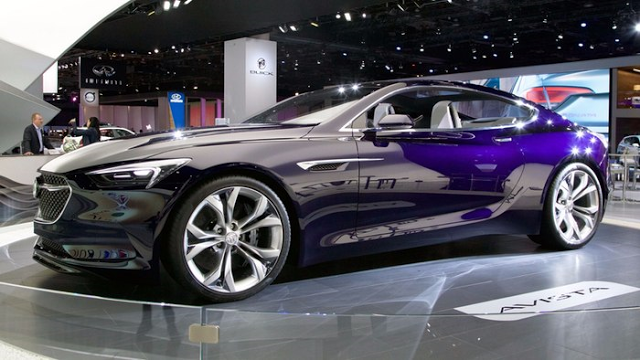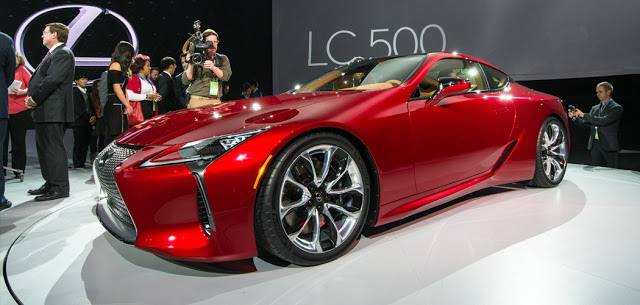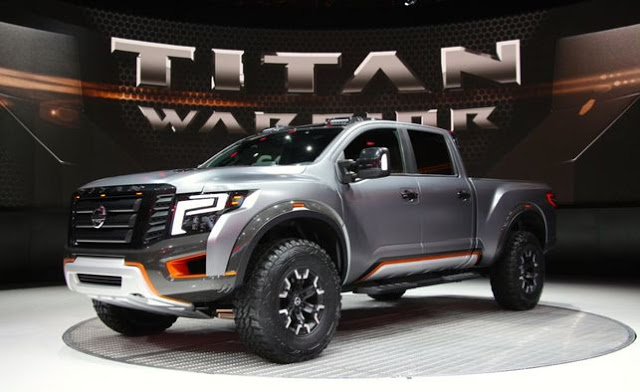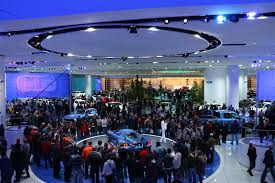
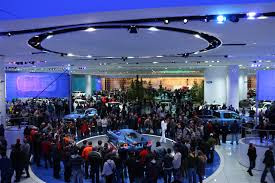 January in Michigan means two things typically; our Sundays are now free because the Lions aren’t in the playoffs and, its Auto Show time. If you have never been, The North American International Auto Show is an amazing spectacle celebrating all that is shiny and new in the automotive world. It’s where car companies come to launch new models, show off their latest designs, and set their sights onthe future with concept vehicles.
January in Michigan means two things typically; our Sundays are now free because the Lions aren’t in the playoffs and, its Auto Show time. If you have never been, The North American International Auto Show is an amazing spectacle celebrating all that is shiny and new in the automotive world. It’s where car companies come to launch new models, show off their latest designs, and set their sights onthe future with concept vehicles.
Whether you are into cars for performance reasons, styling, or just a fan of not walking everywhere, this show is a must see. There are certainly other shows around the country and the world, each with their own flavor and style, but the NAIAS is the main event for the US Auto Industry. Year over year, it features more new model launches than any other domestic auto show making it a critical event for the industry.
Quite frankly, it’s an event that we locals take for granted, just like the Lions missing the playoffs. It’s just what happens around here in January. We take for granted the sleek new designs, the glamorous displays, and the throngs of visitors that pass through the exhibits. But there was a time when the auto show was different, when it wasn’t trying to seduce us with dreams of cars to come. In the early years, the show was focused on regional dealers and simply selling more cars, no different than visiting a show room. But then in 1938, everything changed with the launch of the Buick Y-Job.
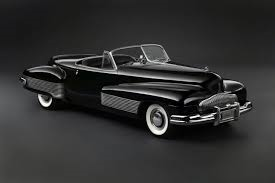
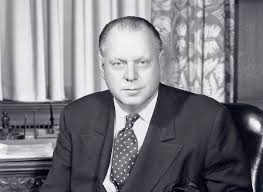
Y Job
Harley Earl
Introduced by Harley Earl, G.M.’s first design chief, the Y-Job was the first “concept car” developed with the intent of gauging consumer feedback on style and technology, rather than purely for production. This was a game changer for the industry, and laid the foundation for the exotic and eclectic concept vehicles we see today.
But the Y-Job did more than just set a direction for auto shows; with more emphasis placed on future styling and vehicle aesthetics, manufacturers now needed to build up their ability to design and style new models. This led over time to the creation of vast design departments throughout the auto industry, departments who gave rise to iconic vehicles that have literally changed the way we live. Imagine if you will, what the 1950’s would be like without tail fins, or the 60’s with no Corvette Stingray? Even things as mundane as the Dodge Caravan were ground breaking designs in their day and made an impact that still shapes the industry.
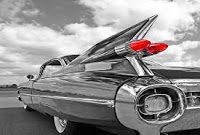
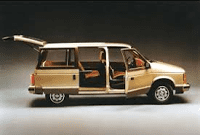
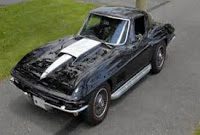
Tailfins
Caravan
Stingray
This emphasis on design and style, helped shift the automobile from a utilitarian product, to one of mass appeal. The car became an accessory for our lives that afforded us not only the freedom to travel, but the ability to brand ourselves with what we drove. Cars can make a statement about who we are, and what we value. They became an integral part of our culture and shaped the way we viewed ourselves.
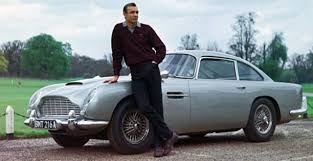
The impact that car design has on our world now is different than the heyday of the 50’s and 60’s, but the process is at its core, very similar. Automotive design and styling is a marriage of art and engineering, and its success is measured in customer response. We may research cars based on efficiency, power, handling, or even how easily we can pair our phone to the infotainment system; but ultimately we buy something that we love. We buy something that we like to look at and, something we want to be seen in. Car buying is an emotional experience; fueled by body shapes, fascia details, and lighting assemblies, are all critical details carefully designed to elicit a strong emotional reaction from the buyer.
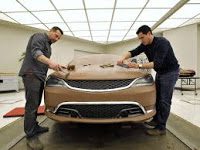
Generating this reaction, is a tough process that begins with a paper sketch, moves to digital modeling, production of small scales models and culminates in the review of a full scale clay model by a team of engineers, designers, and executives who either give a thumbs up, or send the model back for revisions. In this modern age of computer processing and 3d printing, you may wonder why such an important process is left to a team of sculptors and a lump of clay.
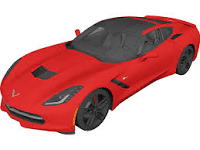 Why not just review the model on a massive LED CAD terminal, spin it with your mouse, and call it a day? Why take the time and expense for clay? It likely comes back to the end goal of the design process, getting that emotional response. Though it may be simper and faster to review the designs on the screen, or 3d print a scale model, how much excitement can you really generate from a computer screen?
Why not just review the model on a massive LED CAD terminal, spin it with your mouse, and call it a day? Why take the time and expense for clay? It likely comes back to the end goal of the design process, getting that emotional response. Though it may be simper and faster to review the designs on the screen, or 3d print a scale model, how much excitement can you really generate from a computer screen?
My bet is not much; not when you are up against a full scale model that has depth, weight, texture, and shade. All those physical components are what make up our impressions and build how we feel about the product.
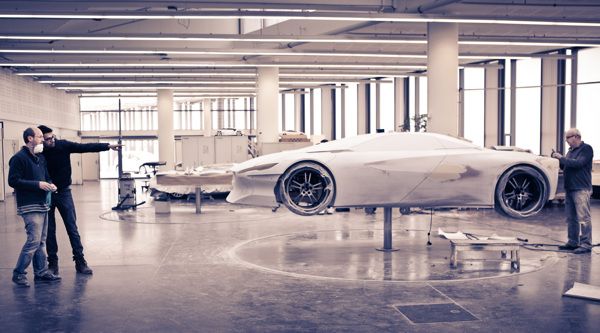
It’s no different than the buying process as a consumer. Have you ever researched a car online and bought it without ever seeing it in person? Not likely. Because we are sensory beings, at some point in that decision process, we need to see the car, touch it, and feel it in order to gauge our emotional reaction. If it pushes our buttons, we buy. If not, we look at another vehicle.
In that regard, Design and styling must rely on a physical model, viewed and touched by people, in order to gauge the intended effect. You can use mathematics and statistics, digital renderings, and scale mock ups as much as you want, but as long as we buy cars based on how we feel about them, the clay model will live on, bridging the gap between art, engineering, and our emotions.
For a detailed look at the styling process, check out this video.. And check out our other posts on the topic HERE and HERE. And make the time to visit an auto show to see for yourself what it’s all about.
